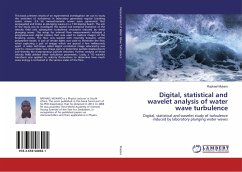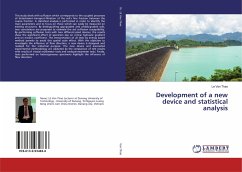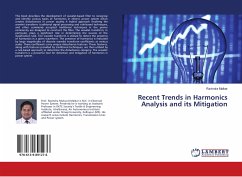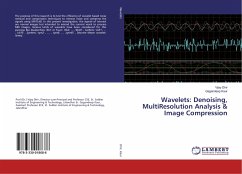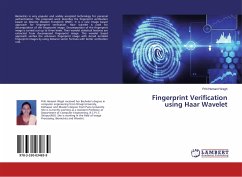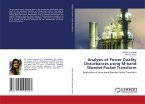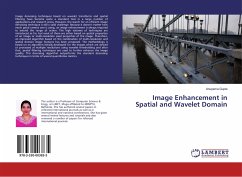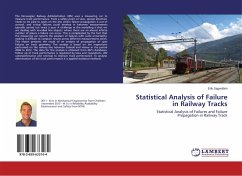This book presents results of an experimental investigation set out to study the evolution of turbulence in laboratory generated regular breaking water waves. 0.4 Hz monochromatic waves were generated that propagated and broke as plunging waves on a 1:20 sloping beach. The aim of the study was to investigate the spatial and temporal evolution of the velocity field and subsequent turbulence structures induced by these plunging waves. The setup for internal flow measurements included a progressive-scan digital camera that was used to capture images of the breaking waves. The flow was seeded with neutrally buoyant, white polystyrene beads. A pair of strobe lights was used to illuminate the flow when capturing a pair of images which are spaced a few milliseconds apart. A video technique called digital correlation image velocimetry was used to cross-correlate two image pairs to determine particle displacements and thereby the instantaneous particle velocities. Further analysis of these velocity fields yielded other turbulence parameters. Lastly, a 1-D wavelet transform was applied to velocity fluctuations to determine how much wave energy is contained in the various scales of the flow.
Bitte wählen Sie Ihr Anliegen aus.
Rechnungen
Retourenschein anfordern
Bestellstatus
Storno

